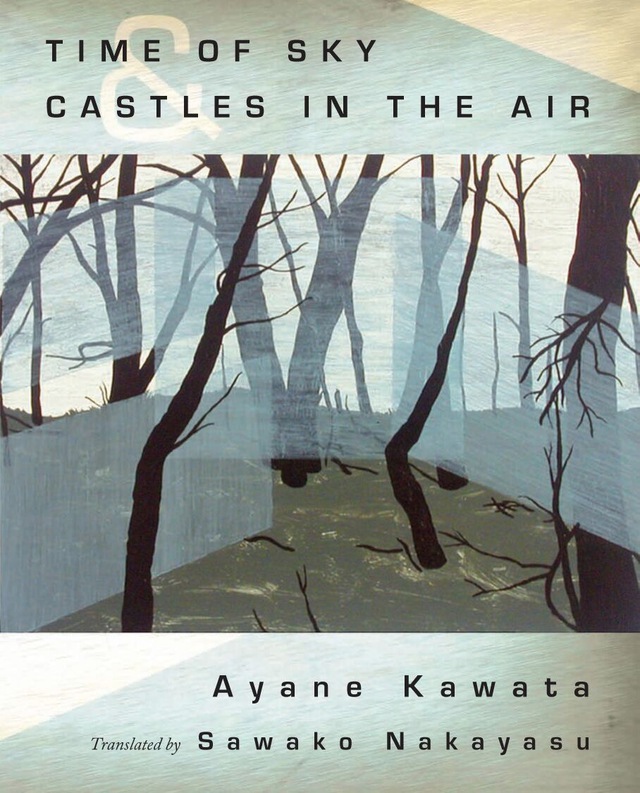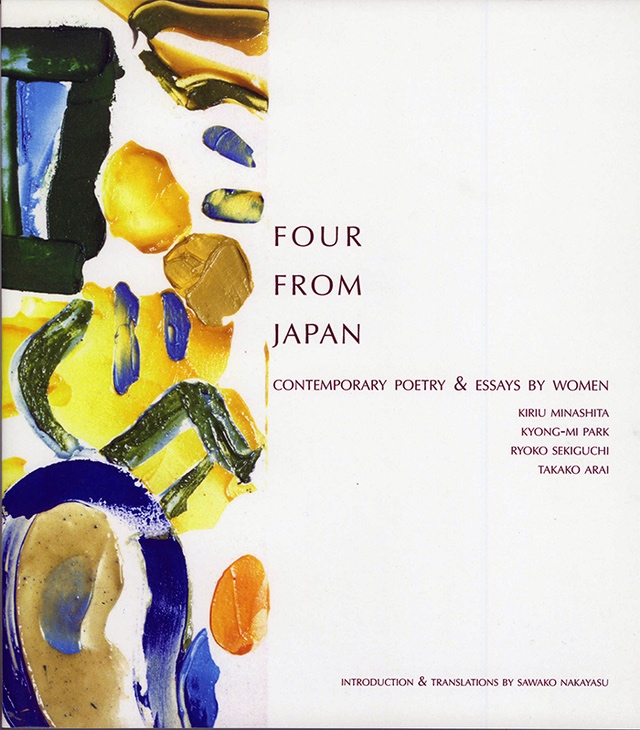Aufgabe No. 4
Edited by E. Tracy Grinnell, Sawako Nakayasu
$12.00
This title is available as a free PDF.
Read on Jacket2 ReissuesAufgabe is an annual journal of new American poetry, essays, notes, reviews, talks and poetry in translation. Aufgabe No. 4 features a selection of Japanese poetry in translation guest edited by Sawako Nakayasu, including work by Sawako Nakayasu, Chika Sagawa, Seiichi Niikuni, Chimako Tada, Taeko Tomioka, Ayane Kawata, Sumiko Yagawa, Takashi Hiraide, Masato Inagawa, Ayane Kawata, Hirata Toshiko, Hiromi Ito, and Kyong-Mi Park, with translations by Sawako Nakayasu, Hiroaki Sato, and Eric Selland.
This issue also includes poetry by Africa Wayne, Jennifer Scappettone, Dawn Michelle Baude, Laura Mullen, Roberto Harrison, John Keene, Sarah Rosenthal, Laynie Browne, Drew Kunz, Susan Landers, Scott Inguito, Mary Burger, Jeffrey Jullich, Ted Mathys, kari edwards, Bill Marsh, Xue Di, Gustaf Sobin, Trey Sager, E. Tracy Grinnell & Paul Foster Johnson, John Sakkis, Kate Colby, Elizabeth Marie Young, Chris Tysh, David Pavelich, Christine Hume, Timothy Shea, Jennifer K. Dick, Gian Lombardo, Chris Martin, Jill Magi, and Michelle Noteboom. Essays, Notes, Reviews, Interviews by: Christine Hume on Jen Bervin, Drew Kunz on Laynie Browne, Eric Selland, Sarah Rosenthal on Stephen Ratcliffe, Bill Marsh, Laynie Browne, Chris Martin on kari edwards, Meadow Dibble-Dieng & Heidi Brevik on Xue Di, and Brian Strang on Craig Watson. Illustrations by Matthew Grinnell.
E. Tracy Grinnell
Sawako Nakayasu
About Aufgabe No. 4
While traditional Japanese poetry displays a close association with nature, much of the work in this section does so in a distinctly non-traditional fashion. For Sagawa, who left her nature-lush Hokkaido (Japan’s northernmost island) for Tokyo, shards of nature wallop their way through her intimate and urban landscapes, while Park Kyong-Mi’s “Weather Patterns” from her newest book Sonoko (That Little One) explores human and otherwise external patterns of weather and weathering. Kawata Ayane, who comes from a family of tanka poets, puts a volatile and subversive spin on the short traditional forms of waka in her book Sora no Jikan (Time of Sky). Hiraide Takashi depicts a tension between nature (a walnut) and danger (of the Tokyo subway system). Like Sagawa, he embeds his own stance on reality inside a seemingly fantastical surface of modernist lyricism, but while Sagawa writes from a fixed point, Hiraide engages a shifting continuum between poetry and poetics — the poet himself aiming his postwar reality gun at all points in between, while pausing to joke with his neighbors now and then.
— Sawako Nakayasu, “Japanese Poetry in Translation”




